Film photography is gradually making a comeback. Not since the ‘90s have photo-processing shops been stacking their shelves with rolls of film, following a shock-burst of young people through their doors asking to keep their negatives safe. Supermarkets are selling out of disposable cameras, and Polaroid cameras are being sold in their droves on the internet. Comically, we are seeing photos of photos appear like a lavish novelty on teenage Instagram profiles - and it’s clear that a renewed interest is being taken in film.
You may be thinking; what’s the point? I could simply take hundreds of free photos on my phone and, actually, phone cameras these days can take some pretty impressive photos. However, within this short article we will attempt to unpack the reason as to why film has the absolute edge over digital - even in a digital age.
Technically speaking, what differentiates digital and film is that digital photos use data that a camera deciphers from light hitting sensors (there is most certainly a more elegant explanation out there), whereas film does not have the intelligence to interpret an image. Rather, a photo is simply created when light makes contact with the film inside the camera. Resultantly, you end up with an image that blends light and colour more organically.
Shot with iPhone 11 (Left). Shot with Olympus Go 100/Kodak Gold (Right)
The appearance of film changes based on the type of film purchased, how high or low the ISO is, whether the chemicals inside the film have expired or been exposed to an extreme temperature, and what kind of camera has been used. All of which results in various degrees of grain, sharpness and colour but, despite this, an element of continuity exists in film photography - something always distinguishes it. The opposite is also true for digital, in that no matter how photoshopped a digital photo is, one can never quite pass it off as film. Adding grain and artificial gaussian blur to digital photos is equivalent to ‘putting make-up on a pig’, as the saying goes. Not to discourage artistic experimentation on photoshop, of course.
So how exactly do we identify film, then? What makes it so unique? I would say it’s the softening of the skin and the slight vignette that puts the scene almost into another decade. The way the colours are saturated to their cosiest hue, and how the darker areas in the background remain abysmally black. Combined, it’s a texture that digital cameras struggle to convey to the human eye, sometimes returning to us, instead, a horrifically harsh image that spitefully accentuates the dark circles under our eyes - and never quite show the way the sun splatters through the leaves. Film, although not entirely dictating the truth, appears more forgiving - and simultaneously much more special.
Film gets its ethereal look not just from the physical attributes, but also the method in which the photographer took the photo. Because film itself is expensive to buy and process, the penniless photographer knows to wield their camera cautiously. Phones and other digital cameras allow us endless retakes, so that we may end up with hundreds of photos we absolutely do not care about; of what we ate for dinner, something trivial we found funny, or the bottomless pit of cat photos. Film, however, limits us to no more than thirty-six exposures (photos) before we must spend a small fortune on reloading the camera with more. How I look at that is that there are thirty-six moments to capture, and I wouldn’t dream of wasting them all on my cats - as much as I love them.
Generally, the photographer that takes this purposeful approach to photography will end up developing photos that carry a lot of depth and sentiment, because they took photos only when the moment felt meaningful. In fact, I think that part of being a photographer is developing that sixth sense that sends sparks to your fingertips, and knowing immediately that they must capture this somehow. This is not to say that trivial objects can’t make beautifully sentimental photos… There is, after all, visual charm in an overflowing ashtray, the way a shadow casts over a wall, or when a train pulls into a platform. A special moment isn’t just between people, but also connections you make with inanimate objects, smells and certain grades of light - photography is a language we use to try and express what we feel. There is no denying that film photos pick up the best of people, and in their most photogenic moments photographers get the tingle, once again, to capture the way their friends pour wine over deep conversations, and smile fondly across bistro tables. It’s the kind of picture that might be printed on glossier paper and that in twenty years your children will marvel at, wondering about the mystery of your youth.
Party photos in 2023. I love capturing these moments when people aren’t worried about making a perfect pose.
The last element of what makes film photography stand out is actually deeply psychological. We associate the quality and texture of the image with a particular time that also carries its own connotations. I suspect that this is precisely the reason many people in their twenties are scouring eBay for old flip-phones they can carry around with them, and take pictures or videos with. The result is often of poor quality; dingy, blue-tinted photos and tin-sounding recordings. No one bought the phone to capture anything of outstanding quality but, rather, they’re hoping to capture an atmosphere long lost to the passage of time. It’s nostalgic and almost, but not quite, cathartic. As young people come to terms with adulthood in a precarious era of late-stage capitalism, it’s easy to understand why many turn towards the things that remind us of childhood - simple pleasures like flip-phones and cassette tapes. I feel that this collective mourning of a simpler time finds itself expressed in vintage and ‘low quality’ photography.
Film photography by nature carries these psychological connections, both in the way it looks and the reserved moments where it’s captured. Even if you are too young to remember life before digital, you might look favourably upon old photos taken on film and ponder life during that time. An existence without social media, people living in the moment, smoking inside restaurants and talking about MTV, blissfully unaware of 9/11 and the 2008 financial crash. We observe these moments frozen in time, and while we know that in reality there has never been a decade without crisis, we still harbour curiosity for the particular freedoms that those figures of the past experienced before us.
Group picture with my grandma in the middle! 1976 (Left). Friends in 2023 (Right).
In the end, it is not the subject of old photographs that trigger this particular feeling - above all, it’s the atmosphere of the photo itself. This means we can trigger a similar emotional response using film even in a modern context. The clothes and backgrounds may date our photos to a particular year, but the texture, colours and atmosphere of the film itself, especially paired with a vintage film camera, create a charming resemblance to old photos - making us endear to them much more strongly. For example, my camera is from the late-’90s to early-2000s, which gives my photos a particular millennial charm.
Photography is an art form that demands staunch precision, but also the gentle ability to draw out the once-unobservable through the observed. To convey colour in black and white, to speak without words; to show and not tell. The skill is not limited to film, and can be expressed through all digital and physical mediums. Any photographer should endeavour to try many forms, experiment and have fun. It is my opinion that only film carries with it the face of many generations, and undoubtedly many more to come.




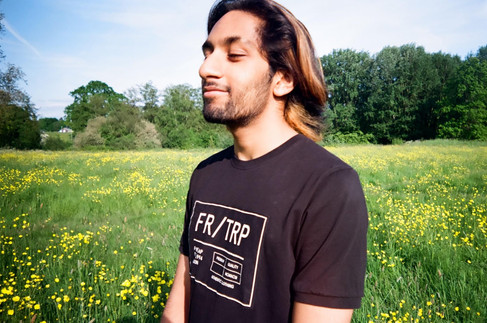




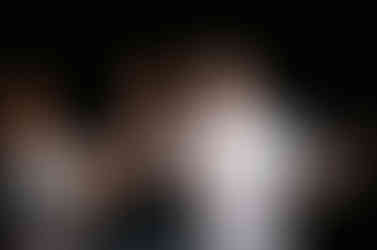

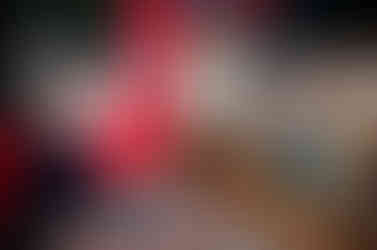

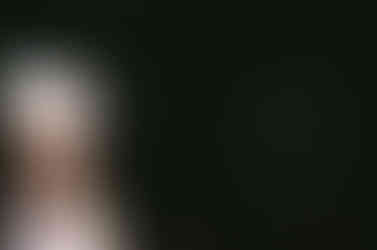



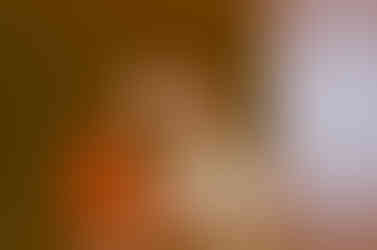

コメント